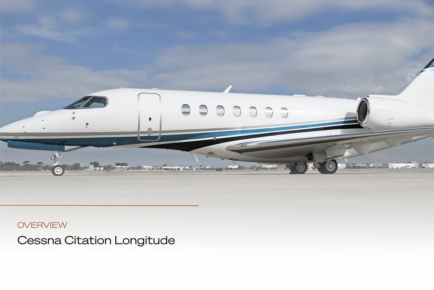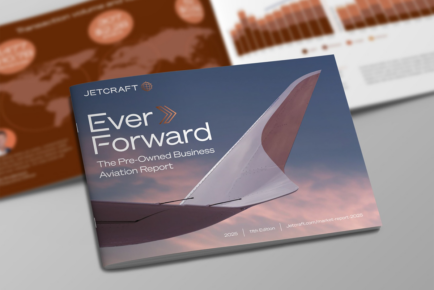December 4, 2024
Navigating the future – how electric flight will drive business aviation

This summer, a team of intrepid pilots and engineers undertook the first ever ‘Tour de France’ in an electric aircraft. Over 17 days, The Elektro Tour covered 2,400 kilometers across the French Alps in a Pipistrel Velis Electro, flying for more than 50 hours with zero CO2 emissions and an 80% reduction in noise pollution.
With electric flight continually demonstrating greater range, the challenge offered a glimpse into a future where zero emission and sustainably powered business aircraft can soar the skies.
As part of our series exploring business aviation as a business tool, we spoke with Emmanuel Rety, the founder of the Elektro Tour to learn more about the potential for this technology.
Emmanuel, where did the idea for the Elektro Tour come from?
Avialpes, our flight school and airline were the first Approved Training Organization (ATO) in France to buy an electric training aircraft – the Pipistrel Velis Electro. Our staff and students were very excited by the arrival of the plane. One team member suggested we create a Tour de France to raise awareness of electric aviation – with the current maximum flight time of 50 minutes, the idea felt like a brilliant challenge to push the aircraft, so, our team of staff and students began working on a plan.
What were some of the challenges you faced along the way?
As most in this industry know, many factors affect an aircraft’s ability – these constraints are magnified when dealing with an electric machine. We were very lucky during the tour, the weather was set in our favour, but the hardest part was making sure we could keep the aircraft powered. A significant amount of our planning went into finding charging points along the route. We then had an electric van following on the road with the aircraft’s charging equipment and stopped at around 50 airfields across France.
What did your team learn from the experience?
One of the best memories will be the people we met along the way at the airfields, they were all so helpful and friendly. The experience was an opportunity to highlight the advancements in electric aviation to a diverse audience. At each stop, the team was able to interact with local stakeholders, educational teams from flying clubs, current and future pilots interested in developments in the sector. These were truly collaborative moments.
How did it feel to land your final flight in Annecy?
The whole team was very proud, and so pleased to complete the Elektro Tour. It was incredibly rewarding to see our vision come to life, marking a new chapter for this project. The sense of adventure and innovation that inspired us to start work on this project in the first place spurred us on through the tour. There were times of fatigue and stress, but the team worked hard and got this far using their perseverance.
What do you think the project proves to the broader aviation community?
I truly believe this proves that aviation is moving forward. 10 years ago, who would have imagined that pilots could fly a 100% electric tour with a certified electric plane? It is a small step into the future of aviation. This is just the beginning.
Your company Avialpes has a business aviation arm – what do you enjoy about working in the industry?
I’m passionate about showing how aviation, and specifically business aviation, is a real lever to help companies to grow. There is so much opportunity, as the industry is constantly evolving. As customers desire more, we are pushed to be more innovative. This push creates incredible outcomes, with developments made in the industry often becoming front-runners in aviation innovation.
How far away do you think we are from seeing an electric business aircraft in service?
It will come, but it will take some time. In the interim, the focus is on trying to reduce fuel emissions through engine efficiency and Sustainable Aviation Fuel (SAF).
At Avialpes, we operate a Diamond DA62 aircraft as a taxi airplane. The fuel consumption is just incredible – flying between Annecy and Cannes you burn less fuel than if you were to make the journey by car and you can fly more directly, so the mileage is less.
Annecy Airport is also building a SAF station, and we are working with Diamond to get the approval to use SAF in our aircraft. With this, we hope to become the greenest air taxi charter company.
Finally, what steps would you like to see the aviation industry take to reduce its carbon emissions and become more sustainable?
New technology is essential to move forward. We’re really excited to be part of projects such as the EENUEE electric aircraft design. Air taxi and business jet operators or owners will be the first users of such aircraft. The challenge is big, but the aviation industry is working hard and I’m confident aviation is always the most efficient way to travel.
SIGN UP FOR OUR MONTHLY JETSTREAM RECAP
Don't miss future Jetstream articles. Sign up for our Jetcraft News mailing list to receive a monthly eblast with links to our latest articles. Click to join the 1,800+ subscribers on our mailing list.





